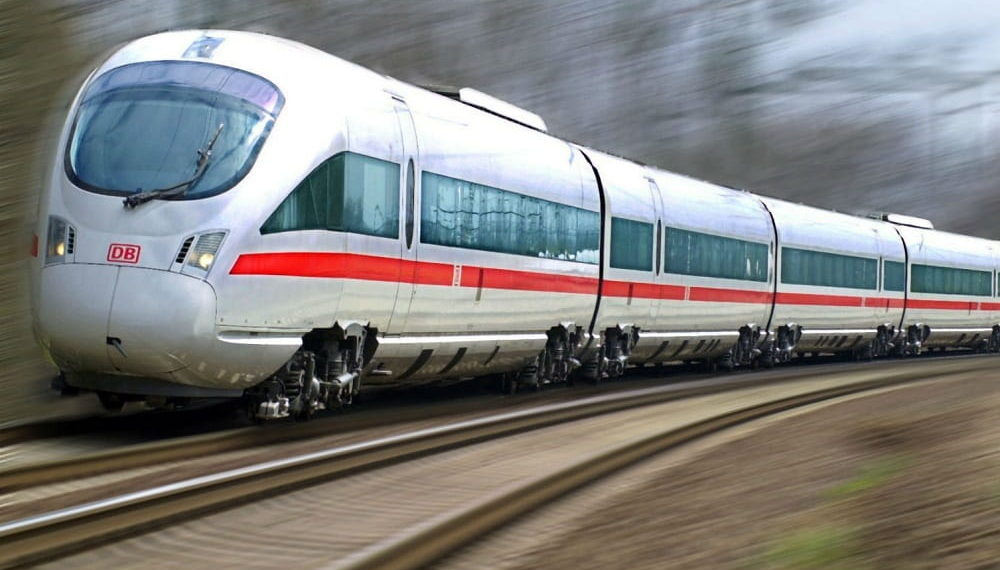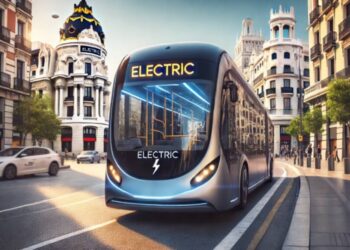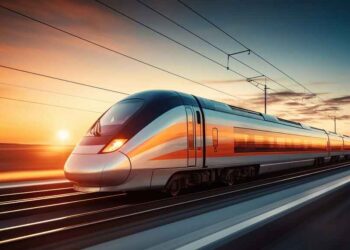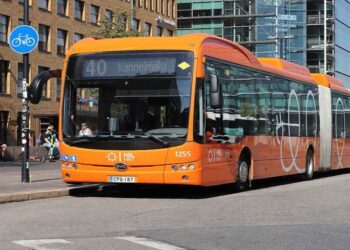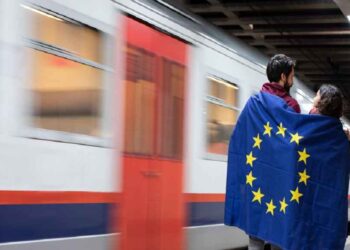German railway company Deutsche Bahn (DB) has reveled plans to introduce a new intercity rail service that will link Rostock-Berlin-Dresden. The launch of the service will coincide with the introduction of the new timetable on 15 December. The company will initially operate ten trains in each direction daily. From March next year, the train will run at a frequency of every two hours from 6am to 10pm.
This line will double the service on the lines that link the four German states on the east. With this addition, six regions will receive regular two-hour long-distance connection. Elsterwerda, Oranienburg, Neustrelitz and Waren (Müritz) will be connected first while the connections to Warnemünde and Berlin’s Schönefeld Airport will start in May next year.
DB noted that it will introduce modern double-decker trains that will feature Wi-Fi, on-board catering, and luggage and bicycles space. DB Passenger Transport director Berthold Huber said: “We want to expand the supply and capacity of rail transport in Germany step by step.
“Travel times are getting shorter. Regions move closer together. With more long-distance traffic, the strategy of a strong rail for many people in East Germany in the coming years can be experienced tangibly.”
These trainsets were acquired from Austrian Westbahn in July. DB purchased seven of Stadler’s KISS and ten KISS2 double-deck EMUs. These trains can operate at a peak speed of 200kmph with four or six cars, which can accommodate up to 500 passengers. These trains have been modified to suit DB requirements and will be operational from 8 March next year. This move is a part of DB’s strategy to divert traffic to rails from the road, thereby contributing to the turnaround in mobility and climate protection.
DB plans to double the passengers on the long-distance line to 260 million passengers annually. DB also announced that travel time from Berlin to Rostock will be two hours, while the journey from Dresden to Berlin Schönefeld Airport will take 90 minutes. Last month, DB started testing white-painted tracks to tackle the problem of overheating rails during heatwaves.




















